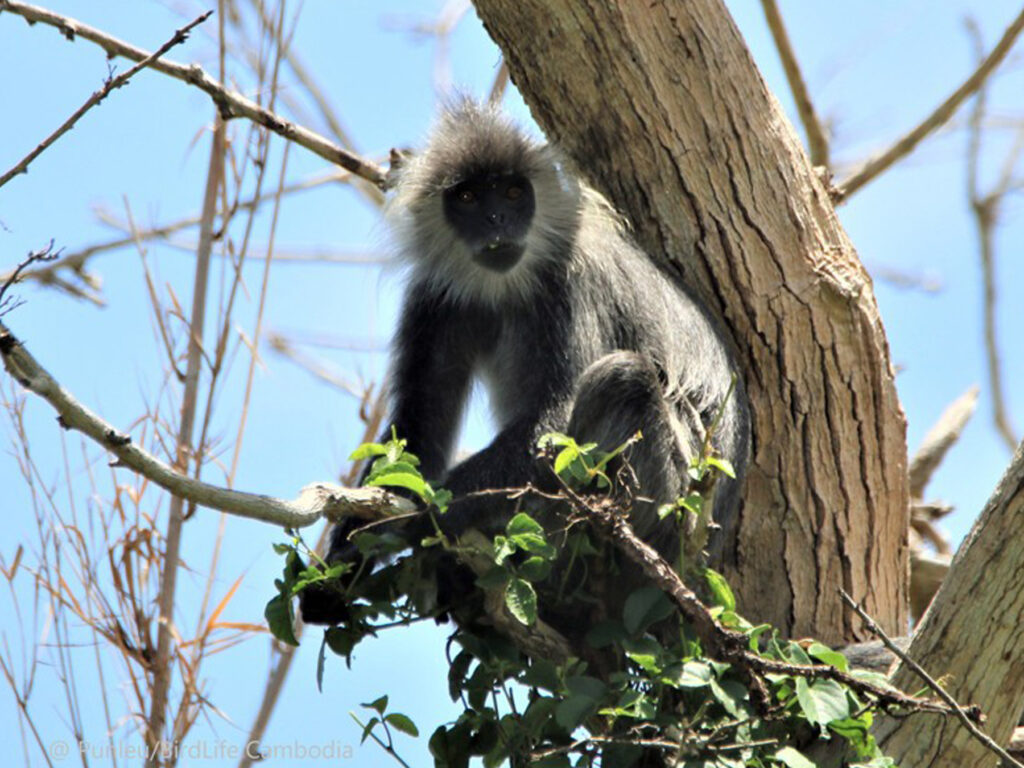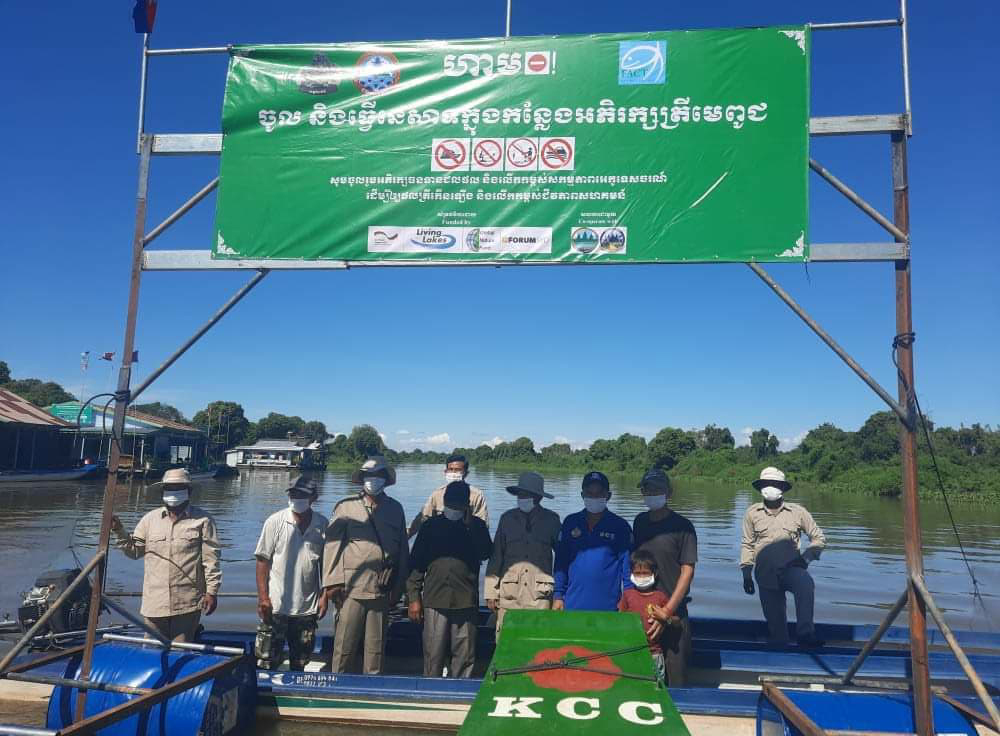CAMBODIA, ASIA
Tonlé Sap Lake
Cambodia’s Tonle Sap is Southeast Asia’s largest lake, one of the most productive ecosystems in the world, linked to the Mekong River. During the moonson season, with the rising waters of the Mekong, the lake goes from its dry season low of around two meters in depth, to an astonishing depth of ten meters. With this great flood, life flourishes around Tonle Sap – the vast areas of seasonally flooded wetlands and forests support one of the richest inland fisheries in the world, as well as a thriving diversity of reptiles, birds, amphibians and mammals.
But this natural treasure faces an uncertain future – fish catches have declined sharply due to overexploitation and illegal fishing, forest clearings and changed river flow patterns, a result of climate change and dam construction in the Mekong. The fishing communities are at risk, highlighting the urgent need for alternative livelihood strategies.


Biodiversity
The lake is a thriving ecosystem, home to at least 250-350 fish species, 40-60 reptile species, 200-250 bird species, and 40-50 mammal species. Eleven globally threatened and six near-threatened species also inhabit the waters and shores of Tonle Sap.
Due to this biodiversity richness, the Cambodian government designated the Tonle Sap Lake as a Multiple-Use Protected Area (MUPA) in 1993, and it was also recognized as a Biosphere Reserve by UNESCO in 1997, with three core areas also designed as Ramsar Sites – Prek Toal, Boeung Tonle Chhmar and Stung Sen.





Local Communities
The Tonle Sap Lake supports the livelihoods of thousands of people living in floating villages and along its shores. The food security of Cambodia is directly linked to the lake – fish is a staple food for Cambodians, second only to rice. The inland fishery provides 413,200 tons of fish a year, more than two-thirds of Cambodia’s protein consumption.
It is estimated that 4 out of 10 households in the Tonle Sap region are engaged in fishing, but the lake and its floodplain forests also provide a myriad of other natural resources to the local residents, as well as ecosystem services like water purification or storm protection. Tonle Sap has also a great eco-tourism potential, but the sector is underdeveloped, lacking tourist infrastructure and hospitality services.
Threats
The future of the lake, the floodplain forests and the massive fishery it supports is at risk, threatening the way of life of the Tonle Sap people.
The most significant challenges are:
– Overexploitation and illegal fishing.
– The clearing and degradation of floodplain forests, an essential spawning ground for fish.
– Climate change.
– Dams in the upper Mekong that would change the hydrological regime of the lake.
– A generally weak enforcement of existing legal norms.
Tonlé Sap Lake was assigned as Threatened Lake of the Year by the Living Lakes Network in 2016.


Our Work
The Fisheries Action Coalition Team (FACT) of Cambodia will work with the local fishing communities to improve livelihoods, preserving the community fisheries and protecting the floodplain forests. The work will focus on the south eastern edge of Tonle Sap Lake, in the Phatsanday commune, which also encompasses the Stung Sen Ramsar site.
As part of the Living Lakes Biodiversity & Climate Project, FACT will strengthen the capacity of the community based, grassroots organizations that have the legal right to manage the local fisheries and natural resources – the committees of both focal community fisheries (CFis) and the Community-Protected Area (CPA) in the commune.
FACT will also advocate the national goverment to make sure that these committess receive the support and budget needed to enforce this community-based conservation model, and the Project will also work in the diversification of income sources, helping develop the eco-tourism potentital of the lake.
It is estimated that the Project will improve the livelihoods of local fishers in 1,114 households, equal to 5,560 people, including 2,799 women and vulnerable households. The improvement will be made through diversification of the income sources such as ecotourism services, floating eco-market, floating eco-lodges, fish processing, water-hyacinth crafited bags and other souvenirs.
The services of products of the focal communities will be also connected with the Tonle Sap Ecotourism Network, which was established by FACT, Ministry of Tourism, and National Committee for Management and Development of Tourism Community and Ecotourism in October 2022, and other national events such as National Ecotourism Forum, River Festival, and Ecotourism Festival.

